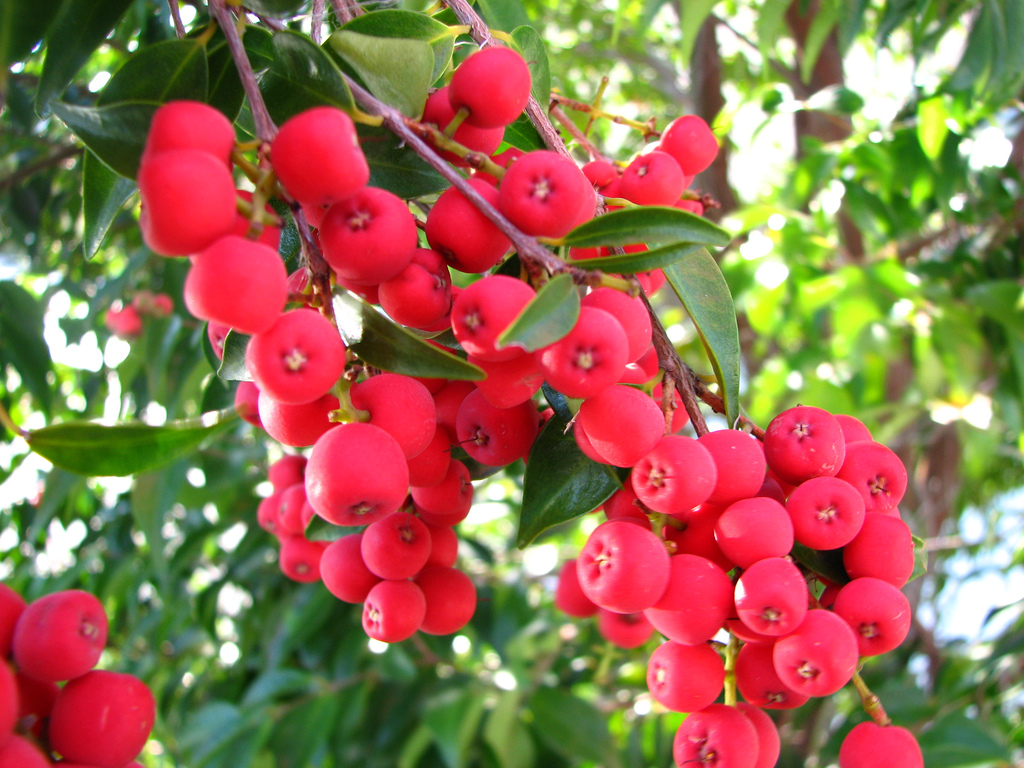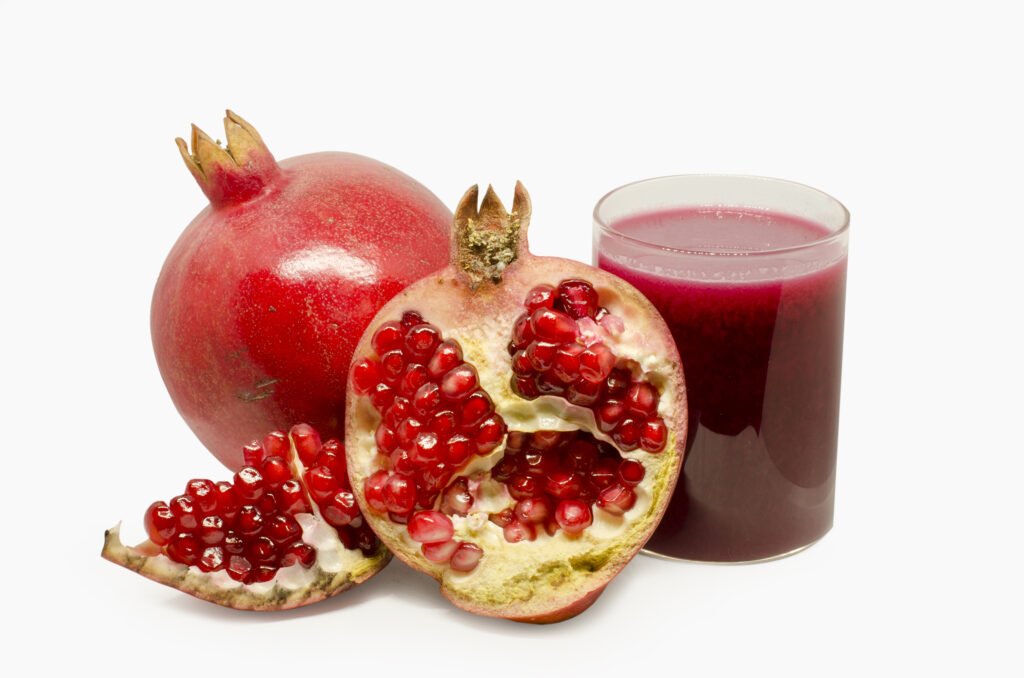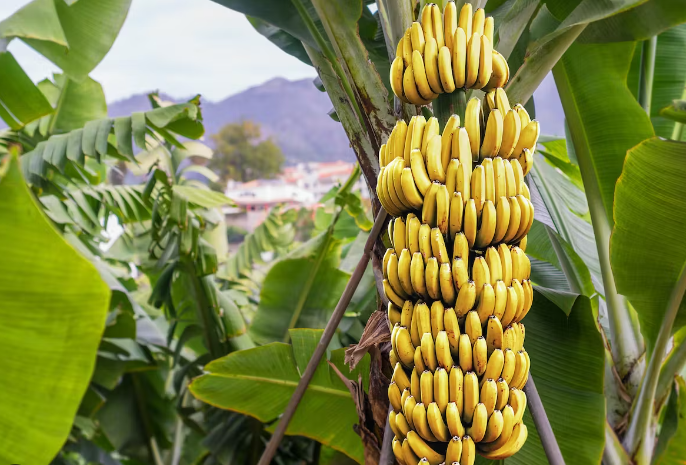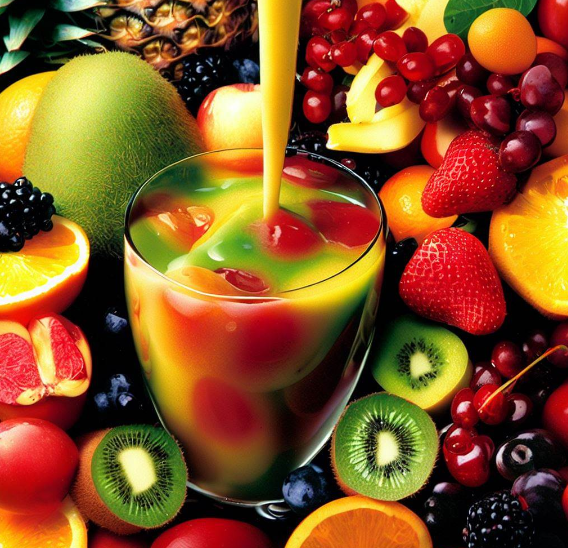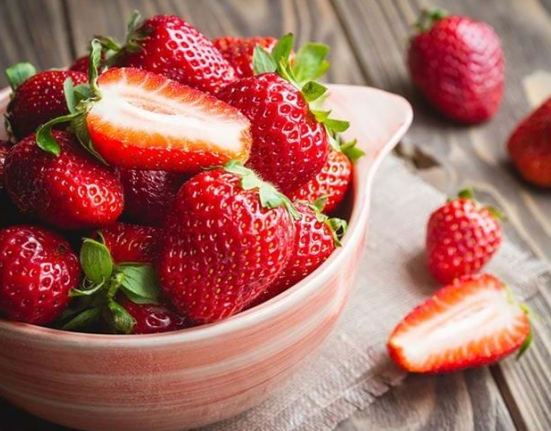Many people love eating bananas, but not everyone knows how they grow. Even though we call them “banana trees”, they aren’t really trees. Bananas come from plants that look different depending on the kind.
There are more than 1,000 different banana types, but the one we eat the most is the Cavendish banana. This type, and many others, grow on plants that keep making fruit all year if they live where it’s always warm and sunny, like in the tropics.
It might surprise you, but bananas don’t grow on trees. They’re tall and have big leaves, so it’s easy to think they do. But if we get technical, they are actually herbs. The banana plant is a huge herb without the hard wood that trees have. Banana plants have a big stem called a pseudostem, which is made of leaf layers squished together.
A small, true stem hides inside the pseudostem. It’s not big, but it keeps the plant watered and fed. As the plant gets taller, new leaf layers come out from the middle. Unlike trees, banana plants don’t grow thick and woody.
Being an herb, bananas can grow really quickly because they don’t need to build a wooden trunk or branches.
Table of Contents
Understanding The Banana Plant Life Cycle
Although they look like trees, banana plants are big herbs that flower. The banana itself is actually a type of berry that comes from the flower in a bunch. Each banana plant makes a bunch of flowers, with as many as 150 turning into bananas.
A banana plant starts from a part called a rhizome, which is a stem under the ground that makes new shoots and roots. People take mature rhizomes from grown plants to make new ones. Planted rhizomes grow up to be plants with leaf layers that roll out to look like a trunk. This is the pseudostem.
The pseudostem has a lot of leaves wrapped tightly to make it look like a tree trunk. But it’s not wood. Big purple-red flowers pop out from the top after months, and after these get pollinated, the bananas start to grow in a big bunch hanging upside down.
Bananas Grow On Large Herbaceous Plants
Banana plants in warm places can seem like trees with their tall, solid-looking stems and big leaves. But they are not trees.
Everything above the ground on a banana plant isn’t woody. The stem, leaves, and the part that holds the flowers all come from leaf layers squeezed together. So they are thick and strong but not woody like trees.
Under the ground, banana plants have something called a corm, where rhizomes grow out and make new shoots and roots. But bananas don’t have a single big root like trees do. They are more like big, tall grass than trees because of the way they grow and what they’re made of.
Growing Conditions For Banana Plants
Bananas like it hot and wet because they come from tropical places. They do best in places without much cold, like zones 10 and 11. If you live somewhere cooler, you can still grow bananas, but they need protection from the cold.
Bananas need a bit of sunlight, but not too much, and they like soil that stays wet but drains well and has lots of plant bits in it. To help them grow, you need to water them often and protect them from strong winds so their leaves and fruit don’t get hurt.
Young banana plants can be okay with 25 gallons of water a week, but when they start making fruit, they might need up to 300 gallons a week if it’s really hot and dry. Lots of water helps the bananas grow big and sweet and stops them from getting ripe too fast.
Cultivated Varieties Of Banana Plants
People grow lots of different kinds of bananas all over the world. These banana types come from mixing and choosing special bananas that were found growing wild. Most of the bananas we eat come from two wild banana types – Musa acuminata and Musa balbisiana.
Here are some bananas you might know:
- Cavendish – The common yellow banana that you see in stores, making up half of all bananas sold in the world.
- Lady Finger – A small, sweet banana that people like to fry or turn into banana chips.
- Red Banana – These bananas are short with red skin and pink inside.
- Plantain – Big bananas with tough skin that you cook like vegetables in tropical dishes.
- Manzano – A small, fat banana that’s popular in Latin America and the Caribbean.
- Blue Java – Also called the “ice cream banana” because it’s sweet and creamy and has a cool blue peel.
All these different bananas grow on big, tall herbs, not wooden trees. Knowing where bananas come from helps us understand how to grow them.
The Takeaway
Now, if someone asks if bananas grow on trees, bushes, vines, or shrubs, you’ll know they grow on giant herbs with fake trunks called pseudostems. Bananas need a lot of heat, humidity, and water, with some sunlight but not too much, to grow nicely. They need lots of care to produce big, sweet fruits. With hundreds of banana types, there’s a big world of bananas out there, all growing on impressive herb plants.
Bananas may look like they come from trees, but they come from very big herb plants. Their stems are made from leaf layers, not wood. Bananas love warm, wet weather, and you have to keep them from getting too much wind. If you take good care of them, they can give you plenty of tasty fruits.

